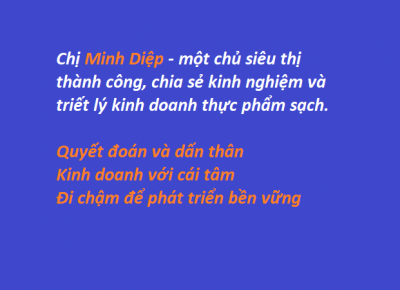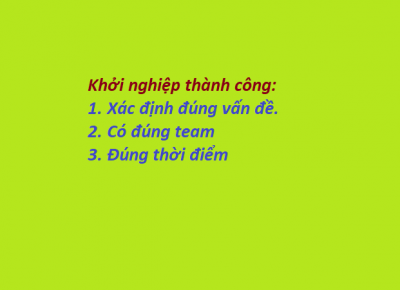Speaking Is Natural; Reading and Writing Are Not
Spoken language is "hard-wired" inside the human brain. Language capacity in humans evolved about 100,000 years ago, and the human brain is fully adapted for language processing. Any child, unless neurologically impaired or hearing impaired, will learn to talk. By the time a child is 10 months of age, he or she has already learned how to recognize the speech sounds (or phonemes) of the language spoken by caregivers (see tabe below). At the same time, the child has lost some of the capacity to distinguish and produce the phonemes of other languages (Kuhl, Williams, Lacerda, Stevens, & Lindblom, 1992).
Even 1-year-olds comprehend much of what is said by others. Most children generate simple sentences by the time they are 16 to 24 months of age. The few children known to scientists who did not learn to speak in early childhood, such as the French "Wild Boy of Aveyron" and the closet child, Genie (Curtis, 1977),1 were almost totally isolated from other people during their critical early years.
A related fact should be self-evident: Reading and writing are acquired skills for which the human brain is not yet fully evolved (Liberman, Shankweiler, & Liberman, 1989). Human brains are naturally wired to speak; they are not naturally wired to read and write. With teaching, children typically learn to read at about age 5 or 6 and need several years to master the skill. Sophisticated reading comprehension is the goal of 8 to 16 more years of schooling.
Thus, for most students, reading and writing need to be directly taught!
In the United States, the federal government estimates that 14 percent of the adult population is "below basic" and unable to perform functional reading tasks (National Adult Literacy Survey, 2003). Another 29 percent are "at basic" but below "intermediate." Only 13 percent are classified as "proficient." The two lowest groups do not read with the fluency, accuracy, and comprehension necessary to decipher newspapers, health guidelines, schedules, or manuals. Although adults are constantly exposed to print in the environment, they may not learn to read. The myth (perpetuated as fact) that people learn to read naturally just by being immersed in print results in misguided instructional practices. Traces of the "natural" theory of reading acquisition continue to be visible in many publications and programs (Moats, 2000, 2006). However, current information about the prevalence, causes, and remedies for reading difficulty indicates beyond doubt that reading, spelling, writing, and language mastery are challenging for a substantial proportion of the U.S. population, and many students are dependent on systematic, direct teaching to become literate.
What should my child be able to do?
| Hearing and Understanding | Talking |
|---|---|
|
Birth–3 Months
|
Birth–3 Months
|
|
4–6 Months
|
4–6 Months
|
|
7 Months–1 Year
|
7 Months–1 Year
|
References
https://www.asha.org/public/speech/development/01.htm
https://www.readingrockets.org/article/speaking-natural-reading-and-writing-are-not
http://www.child-encyclopedia.com/sites/default/files/docs/coups-oeil/language-info.pdf









